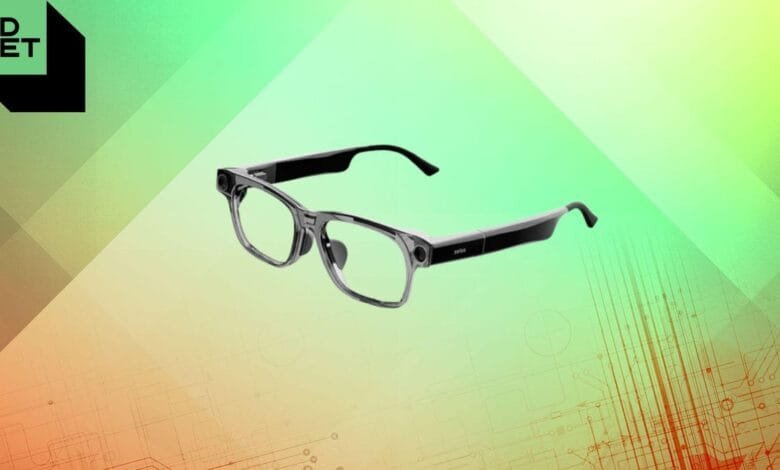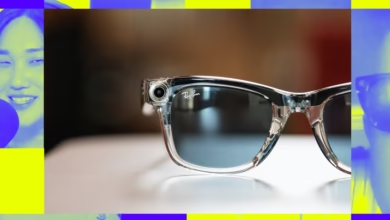AI-Powered Smart Glasses Read Menus and Assist the Visually Impaired

▼ Summary
– ZDNET’s recommendations are based on extensive testing, research, and data from reliable sources, including vendor listings and customer reviews.
– The site earns affiliate commissions from retailer links, which supports their work but doesn’t influence content or pricing.
– ZDNET maintains editorial independence, with no compensation for reviews, and follows strict guidelines to avoid advertiser influence.
– The editorial team focuses on providing accurate, knowledgeable advice to help readers make informed tech and product purchases.
– ZDNET ensures high content standards through thorough review and fact-checking, with corrections made for errors or inaccuracies.
Cutting-edge smart glasses equipped with artificial intelligence are transforming how visually impaired individuals interact with menus and printed text. These innovative devices combine advanced computer vision with real-time audio feedback, offering users unprecedented independence in everyday situations like dining out or reading documents.
The technology works by scanning text through built-in cameras, then instantly converting words into spoken language through bone-conduction headphones. Unlike traditional assistive devices, these glasses operate hands-free while maintaining a discreet, stylish appearance similar to conventional eyewear. Major tech companies and startups alike are racing to refine this assistive technology, with some models already available to consumers.
For those with low vision, the implications extend far beyond restaurant menus. These AI-powered glasses can identify currency denominations, read product labels, and even recognize faces, functions that significantly reduce daily challenges. Early adopters report life-changing experiences, describing how the technology restores their ability to perform tasks many take for granted.
Development teams emphasize user-centric design, incorporating feedback from the visually impaired community throughout the engineering process. Features like adjustable reading speeds, multiple language support, and offline functionality address diverse needs. Battery life remains a key focus area, with current models lasting approximately five hours per charge, sufficient for typical daily use but requiring improvement for extended outings.
Pricing varies widely depending on capabilities, ranging from several hundred to over a thousand dollars. While costs currently limit accessibility, nonprofit organizations and healthcare providers are exploring subsidy programs. As production scales and competition increases, analysts predict more affordable options will emerge within two years.
Privacy protections are built into the systems, with processing occurring either locally on the device or through encrypted cloud connections. Manufacturers assure users that sensitive information like credit card details or personal documents isn’t stored permanently. The glasses function without requiring constant internet access, though connectivity enhances certain features like real-time translation.
This technology represents just one application of AI’s potential to improve accessibility. Researchers are already working on next-generation enhancements, including environmental navigation assistance and expanded object recognition. As these tools evolve, they promise to further bridge gaps for the visually impaired community while demonstrating how thoughtful innovation can create meaningful societal impact.
(Source: ZDNET)





